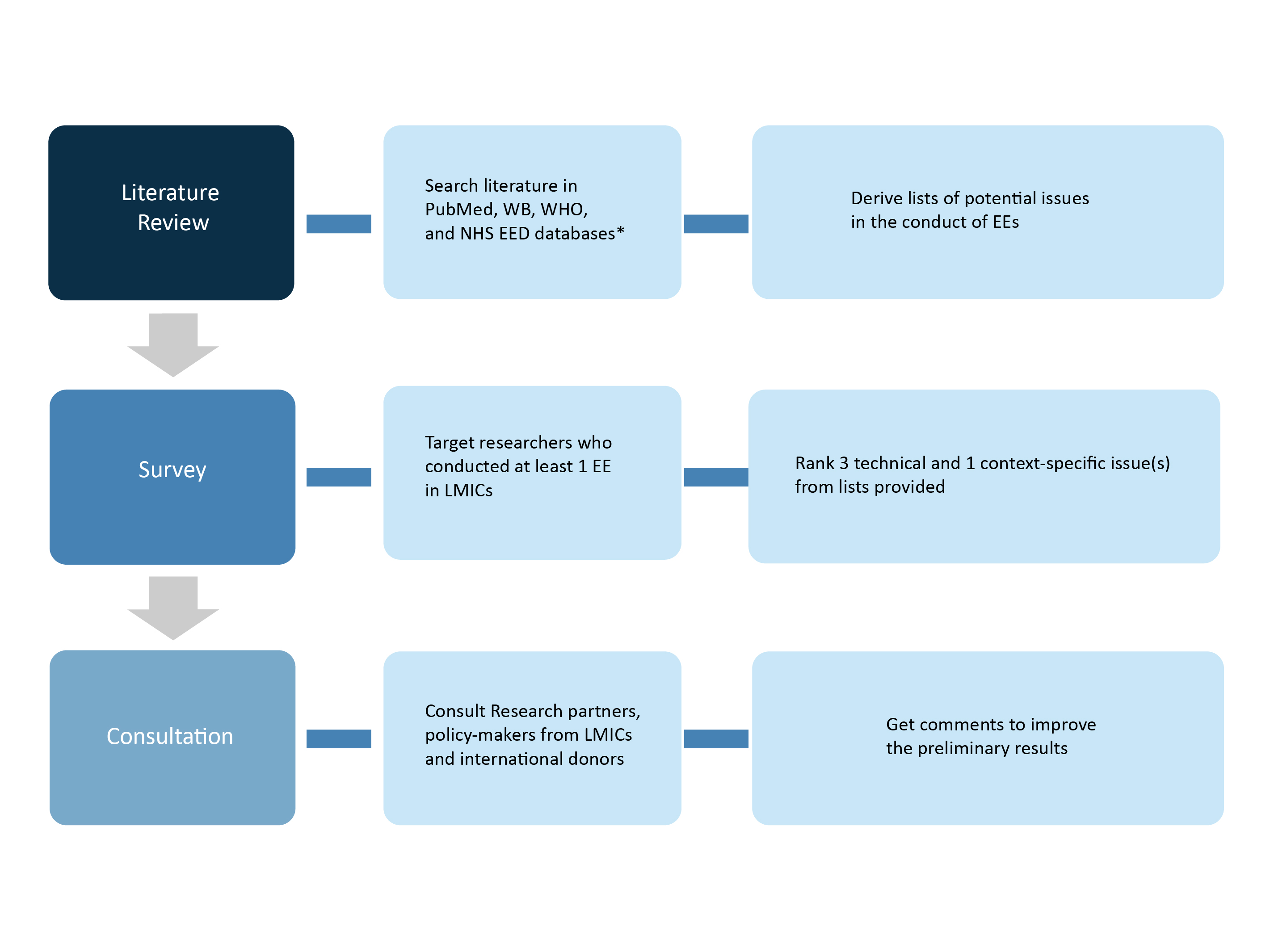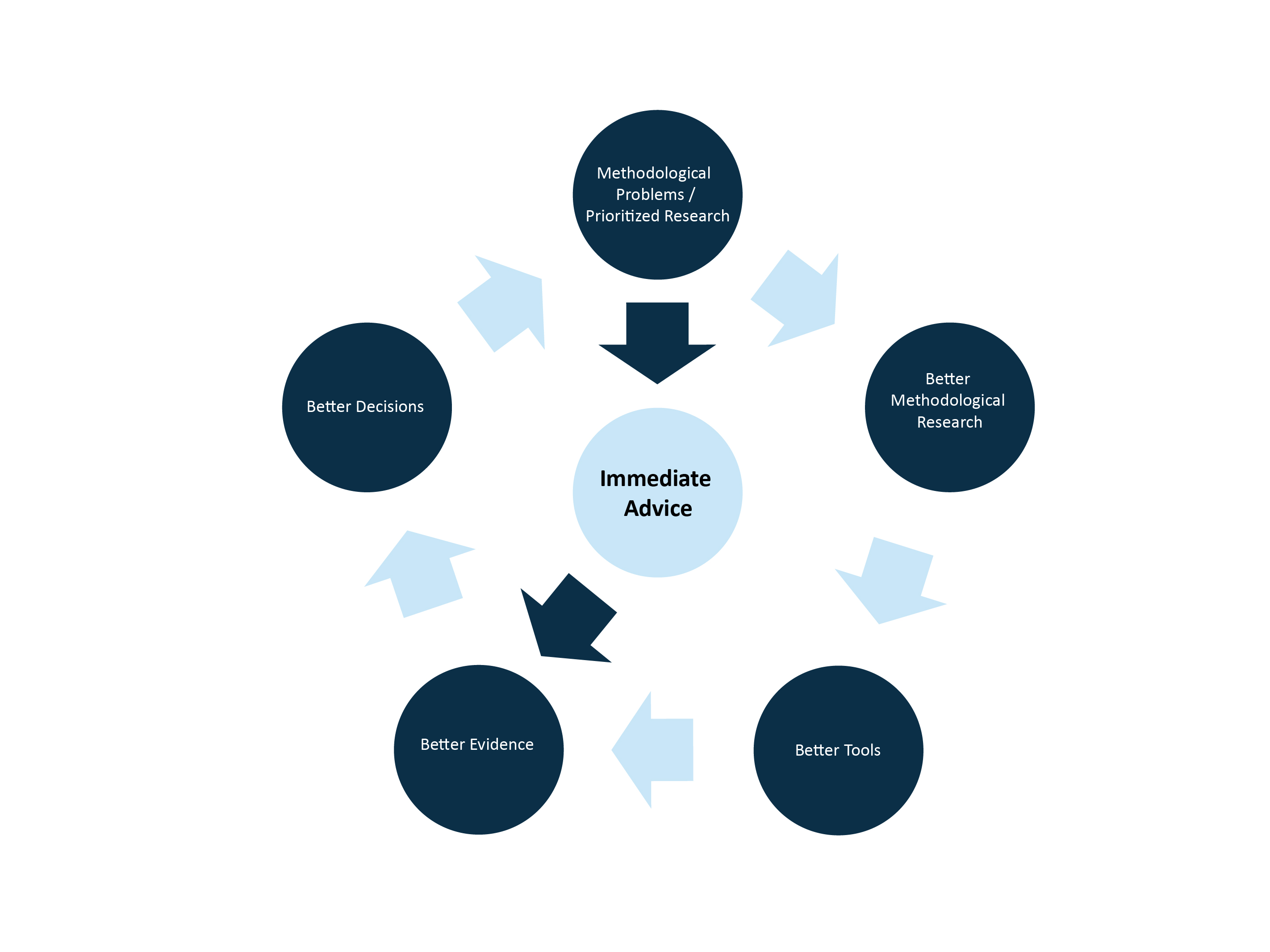Economic evaluations are increasingly becoming of interest to low- and middle-income (LMIC) governments, especially those keen to make efficient health care systems. However, economic evaluations can be useful for policy decisions only when they are conducted accurately and reported properly. Because economic evaluation is a relatively new discipline in LMICs compared to high-income countries (HICs), it’s important to learn the methodological problems in conducting economic evaluations in LMICs. Information from this study and the GEAR database can help inform scholars to overcome these methodological barriers in both the short (providing short-term advice and solutions) and long term (e.g. better tools based on methodological research).
A. Identifying Methodological Issues in Low- and Middle-Income Countries

Who answered our survey and told us what challenges they face in health economic evaluations? What are they like? We have the following graphs to show you the characteristics of our respondents and understand the background of the results of our study.
B. Guide to Economic Evaluation and Research Online Content

